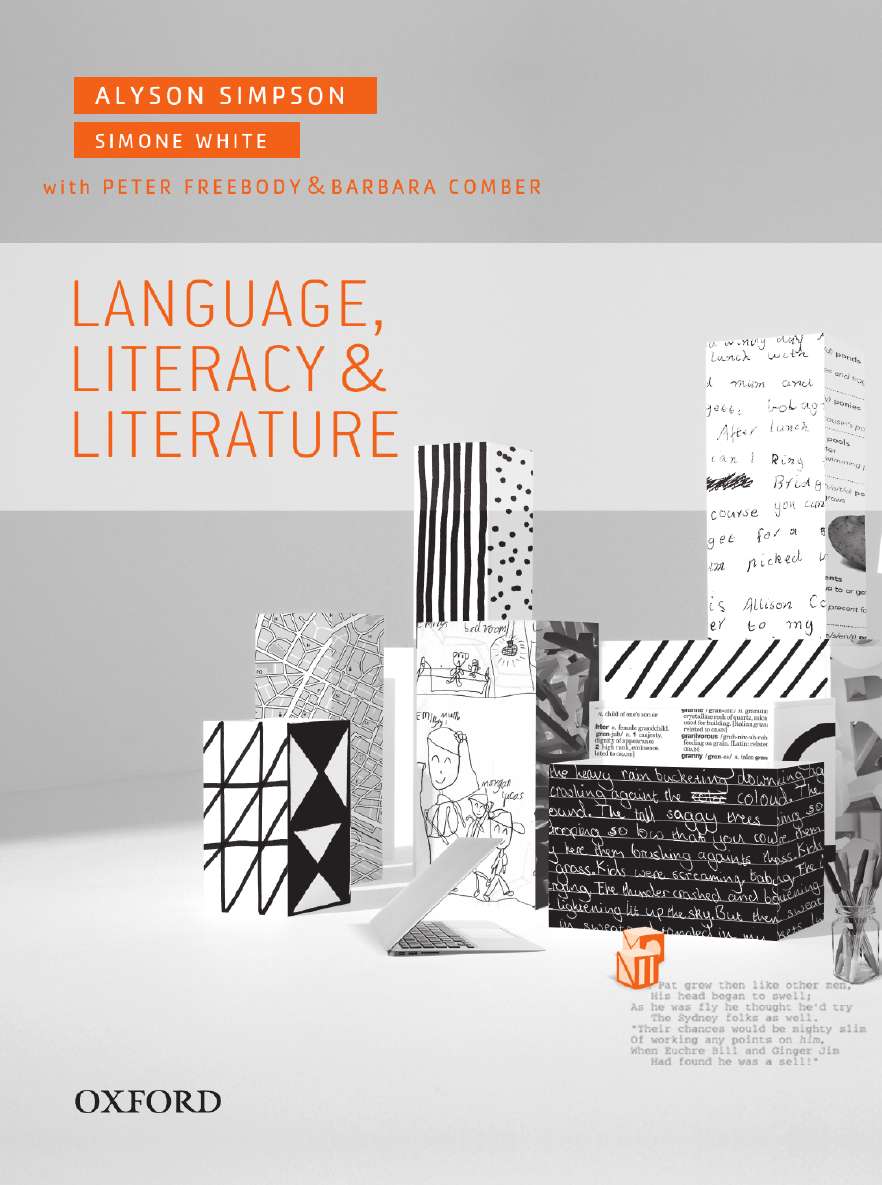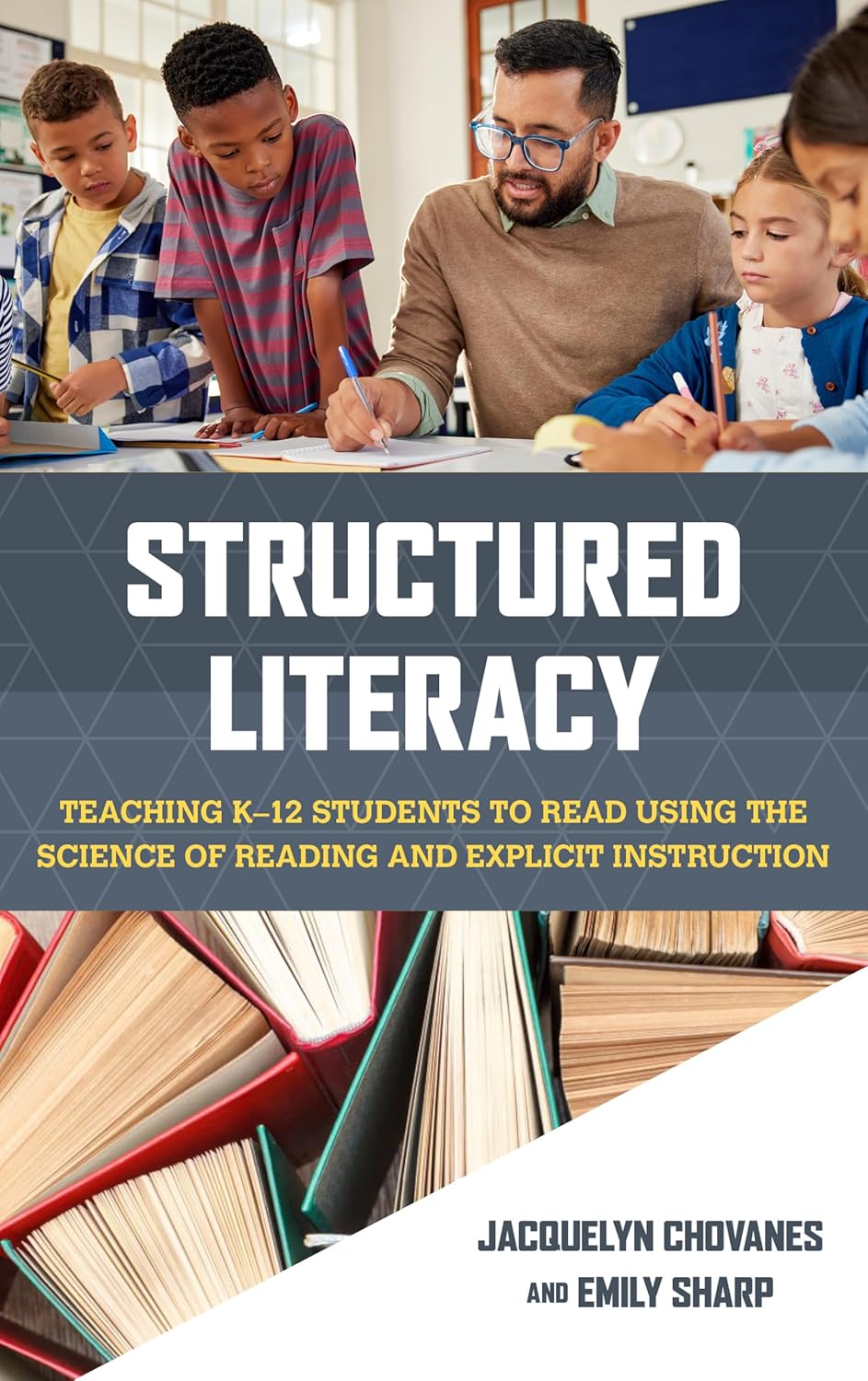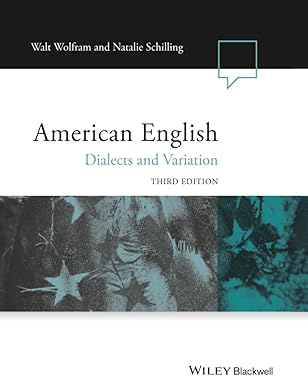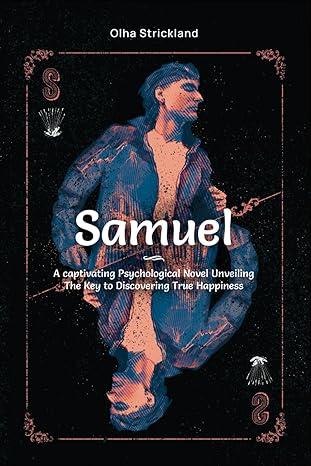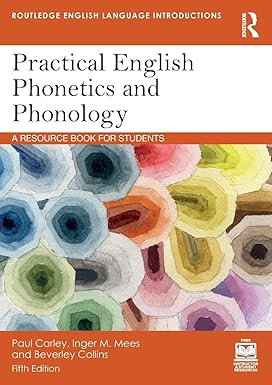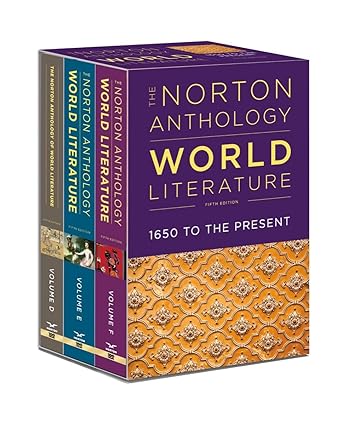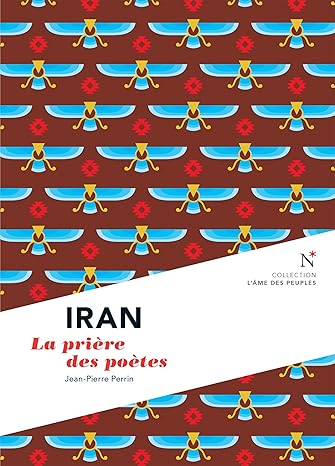Language, Literacy and Literature combines concepts of language, literature and literacy within a pedagogical framework that leads readers through a series of learning processes. In other words, it is as much a book about teaching English as it is a book about learning how to learn about teaching. The book provides models for pre-service teachers to help identify the kinds of dispositions towards learning that a teacher needs to develop, such as curiosity, collaboration and willingness to ‘give things a go’. It further challenges the pre-service teacher to question what they think they know, as well as discover what they need to know. A range of practical and relevant exercises and activities assist in building habits of reflexive practice.
Key features:
- Features lots of interesting and readily applicable activities and questions that invite students to practice what they’ve learned and to record it in their journals or portfolios
- Approaches literacy across the KLAs, and consistent with National Curriculum emphases in literature.
- Covers early childhood, primary and middle years to assist primary teachers to prepare students for secondary school.
- Good balance of theory and practice, through clearly outlined practical applications related to literacy pedagogy
- Sections on children’s literature interspersed throughout: include poetry, fiction and non-fiction
- Covers multiliteracies, oral language and standards
- Coverage of oral literacy traditions – Indigenous traditions, stories and songlines
- Coverage of processes and strategies of writing, genres (genre model), creative writing, text types, themes etc.
- Appropriate coverage of lesson planning, programming, keeping records, classroom management etc
- Coverage of reading, comprehension; grammar and spelling – with links between speaking, reading and writing to create balanced literacy programs
- Strategies for motivating reluctant readers and writers
- Sections on how to adapt to children’s learning needs, whether from ability or cultural differences – what resources to use
- Encourages critical analysis of literacies, particularly those on the internet, v blogs etc
- Covers communication in an online environment – e.g. wikis, blogs, facebook
- Case studies – Provides specific examples about lesson planning, classroom management and the like. A springboard for the ‘Learning Objectives’ Work Samples – From both students, pre service teachers and teachers Pre-service teacher Reflections/Student Reflections – Used for various things i.e. teacher annotation, reflection
چکیده فارسی
زبان، سواد و ادبیات مفاهیم زبان، ادبیات و سواد را در چارچوب آموزشی ترکیب میکند که خوانندگان را در یک سری فرآیندهای یادگیری هدایت میکند. به عبارت دیگر، به همان اندازه که کتابی در مورد آموزش زبان انگلیسی است، کتابی در مورد یادگیری نحوه یادگیری در مورد تدریس است. این کتاب مدلهایی را برای معلمان پیش از خدمت ارائه میکند تا به شناسایی انواع گرایشها نسبت به یادگیری که معلم باید آنها را توسعه دهد، مانند کنجکاوی، همکاری و تمایل به «سرکردن کارها» کمک میکند. همچنین معلم پیش از خدمت را به چالش می کشد تا آنچه را که فکر می کند می داند و همچنین آنچه را که باید بداند را کشف کند. مجموعه ای از تمرین ها و فعالیت های عملی و مرتبط به ایجاد عادات تمرین بازتابی کمک می کند.
ویژگی های کلیدی:
- دارای بسیاری از فعالیتها و سؤالات جالب و کاربردی است که دانشآموزان را به تمرین آموختههای خود و ثبت آن در مجلات یا نمونه کارها دعوت میکند
- رویکرد سواد در سراسر KLA، و مطابق با تأکیدات برنامه درسی ملی در ادبیات.
- سالهای اولیه کودکی، ابتدایی و راهنمایی را پوشش می دهد تا به معلمان ابتدایی کمک کند تا دانش آموزان را برای دبیرستان آماده کنند.
- تعادل خوب بین تئوری و عمل، از طریق کاربردهای عملی مشخص شده مرتبط با آموزش سوادآموزی
- بخشهای مربوط به ادبیات کودک در سراسر: شامل شعر، داستان و غیرداستانی است
- چندسوادی، زبان شفاهی و استانداردها را پوشش می دهد
- پوشش سنت های سواد شفاهی - سنت ها، داستان ها و ترانه های بومی
- پوشش فرآیندها و استراتژی های نوشتن، ژانرها (مدل ژانر)، نوشتن خلاق، انواع متن، مضامین و غیره.
- پوشش مناسب برنامه ریزی درس، برنامه نویسی، نگهداری سوابق، مدیریت کلاس درس و غیره
- پوشش خواندن، درک مطلب. دستور زبان و املا - با پیوند بین صحبت کردن، خواندن و نوشتن برای ایجاد برنامه های سوادآموزی متعادل
- راهبردهایی برای برانگیختن خوانندگان و نویسندگان بی میل
- بخشهایی درباره نحوه انطباق با نیازهای یادگیری کودکان، از نظر توانایی یا تفاوتهای فرهنگی – از چه منابعی استفاده کنیم
- تحلیل انتقادی سوادها، به ویژه سوادهای موجود در اینترنت، وبلاگها و غیره را تشویق میکند
- ارتباطات را در یک محیط آنلاین پوشش می دهد - به عنوان مثال. ویکی ها، وبلاگ ها، فیس بوک
- مطالعات موردی - مثال های خاصی در مورد برنامه ریزی درسی، مدیریت کلاس درس و موارد مشابه ارائه می دهد. سکوی پرشی برای نمونههای کار «اهداف یادگیری» - هم از دانشآموزان، هم از معلمان پیشخدمت و هم از معلمان بازتابهای معلم قبل از خدمت/بازتابهای دانشآموز - برای موارد مختلفی مانند حاشیهنویسی معلم، بازتاب استفاده میشود
ادامه ...
بستن ...
